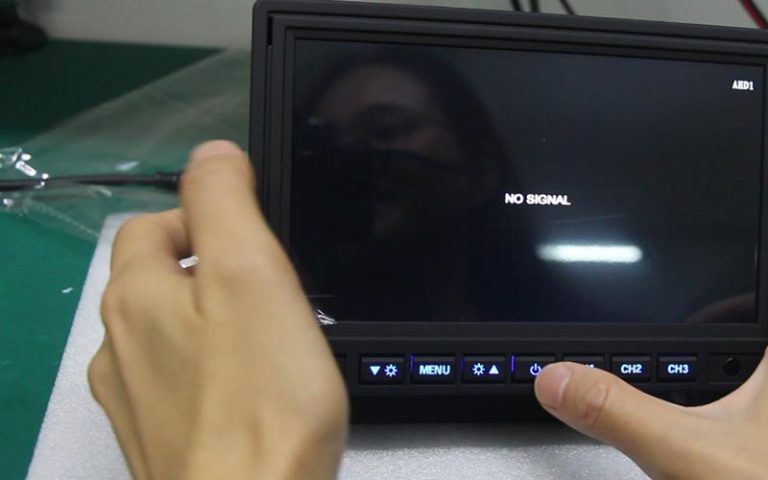In the modern freight industry, truck drivers are faced with complex driving and reversing environments, making improved safety a crucial task. Two mainstream technologies, front and rear reversing radar sensors and rear view camera monitoring system packages, offer different solutions for truck safety. This article will take an in-depth look at the key features of these two systems in order to assist truck operators in making informed decisions on the choice of safety systems.
Table of Contents
Front and rear reversing radar sensors: sensing danger and providing real-time warnings
Front and rear reversing radar sensors use advanced radar technology designed to provide a more comprehensive sense of safety. Here are the main functions of the system:
- Real-time Obstacle Detection: With the radar sensors, the truck is able to sense obstacles in front and behind it in a timely manner, including other vehicles, pedestrians or other stationary objects.
- Distance Warning: When the truck approaches an obstacle, the radar sensor emits an audible warning, alerting the driver to take action in time, effectively reducing the risk of collision.
- All-Weather Suitability: The front and rear reversing radar sensors operate reliably regardless of weather conditions, ensuring timely safety awareness in all environments.
Rear View Camera Monitoring System Kit: Visualization for Clear Images
- Reversing Assist: The rear view camera provides a clear, real-time view of the rear, making it easier for the driver to observe his surroundings when reversing, and preventing him from running over obstacles or colliding with other vehicles.
- Panoramic Monitoring: By monitoring a panoramic view of the truck’s surroundings, the rear view camera system eliminates blind spots, provides more comprehensive information, and enhances the driver’s awareness of his or her surroundings.
- DVR Car Recording: Some systems are also equipped with a high-definition car recording function, which records footage of the driving process, helping to determine and resolve responsibility for accidents.
Choosing the best fit for your needs
In choosing a truck safety system, we need to weigh the need for visual reversing against front and rear blind spot warnings. If the focus is on visual reversing, priority is given to the installation of a rear-view camera monitoring system, which provides a clear, real-time view of the rear and eliminates blind spots, and is particularly suited to complex, narrow environments. On the other hand, if the focus is more on real-time sensing of front and rear blind spots, and you expect to be alerted to frequent reversing in complex environments, front and rear reversing radar sensors may be a more appropriate choice.
However, today’s regulations generally tend to recommend that trucks be fitted with camera monitoring systems, out of concern for overall driving safety. In some areas, this has become a mandatory requirement. So while front and rear reversing radar sensors excel in real-time sensing, camera systems have the advantage in terms of regulatory compliance.
For operators with relatively generous budgets, installing both systems is an attractive option. This combination provides more comprehensive and robust security in terms of both visualisation and real-time sensing. Therefore, considering the actual needs, regulatory requirements and available budget, equipping trucks with both camera and radar systems may be the most flexible and comprehensive solution. This combination of systems can effectively reduce the risk of accidents, improve driver safety and set a new benchmark for safety standards in the trucking industry.


